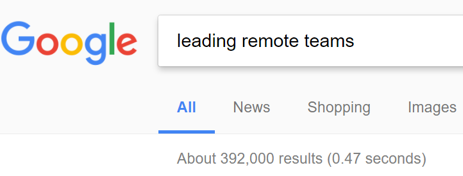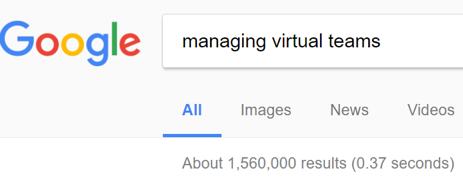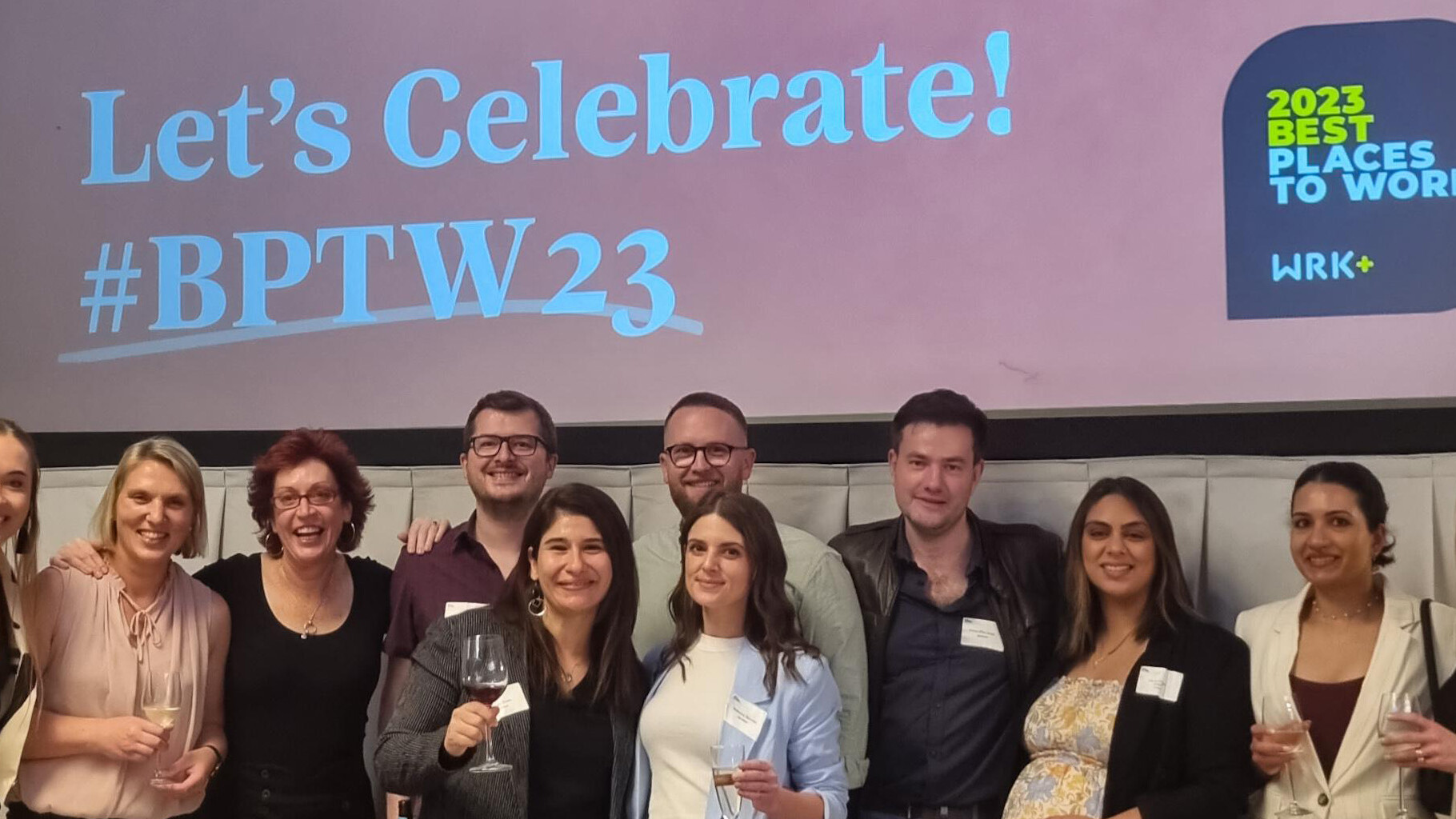The eLearning content challenge facing L&D teams
I am the CEO of a company for which I have a vision to nurture a community of remote team hubs and become world-class in virtual working. I am also a busy father.
I know there’s a lot to learn about leading remote teams and virtual working. Our company now has more than 100 employees spread across the globe who also need to learn the skills to be better at this.
How can we efficiently learn these skills?
To find out, my first step is to pick up my mobile as I wait for my son to finish his game of Saturday tennis. It’s 9.35am, I have my phone in my pocket and I have about 25 minutes.
So, where is the first place I look? Where most of us go to start an information search: Google.

I type in “leading remote teams”, which seems like a reasonable search term. But 392,000 results seems a bit underwhelming. Perhaps I used the wrong phrase.

It’s now 9.40am, so I still have 20 minutes. As I start scanning the results I notice some advertisements at the top of the list. I’m skeptical of those paying to be at the top.

I scroll down further and see that there are scholarly articles which might be interesting, if I had a spare hour and wanted to explore the academic principles and read a 20-page document on my phone. I would also then need to distill key insights and extract practical actions to take. As it stands, I only have 15 minutes left.
As I scroll down further, seeing lots of synonyms and similar phrases suggested, I start to wonder if I have even asked the right question?

It’s now 9.55am, so I only have five minutes left until we need to go.
I’m feeling overwhelmed – just like 75 per cent of working adults today – and I simply can’t get what I need in the little time I have.
Now imagine this on scale: a 40,000-person organisation and assume an hour is lost by each person each week having a similar experience to mine… the 40,000 hours of wasted time searching equates to a weekly cost of $4 million… and an annual cost of more than $200 million as these searches are aborted with nothing gained but frustration.
Even if we could find some practical advice that worked for us, what happens if it contradicts with what your team found from their individual searches and then you need to spend Monday morning trying to reconcile the differences and agree on actions?
This is the challenge confronting L&D teams across the country who are trying to help their staff develop capabilities efficiently and effectively on scale.
To address this waste and help staff develop their skills, L&D teams are doing their best to:
- predict the learning needs of their staff
- identify the world’s experts in these fields
- source the best content
- filter it
- and, finally, make it available to staff.
This is currently largely a manual process. With the huge abundance of content available, new content being produced each day, complex charging models from content providers, different technology platforms, multiple browsers and devices all being updated regularly, it’s a monumental and thankless task for L&D.
Now imagine if technology were available which identified what I personally needed to learn about leading virtual teams and pushed it to me in a format I wanted, when I needed it. It would also send content to my team on specifically what they needed to know and we could discuss and agree on an action plan, all within the time it takes to play a game of tennis.
Janison is currently working with the latest cognitive services, bots and artificial intelligence from Microsoft to solve this problem. To find out more, contact us today.
About the author
Tom Richardson
Former Chief Executive Officer, Janison
You might also like
Want to learn more about our tailored solutions?
Chat to one of our assessment or learning consultants today.
or call us on 1300 857 687 (Australia) or +61 2 6652 9850 (International)




